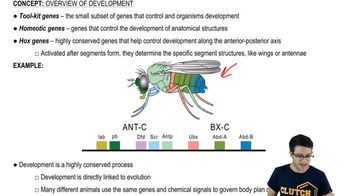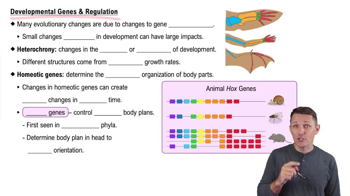Textbook Question
Large-scale, worldwide adaptive radiations have occurred in which of the following situations?
a. when there are no available ecological niches
b. after each of the big five mass extinctions
c. after colonization of an isolated island that contains suitable habitat and few competitor species
d. whenever an evolutionary innovation was needed for organisms to thrive
117
views



